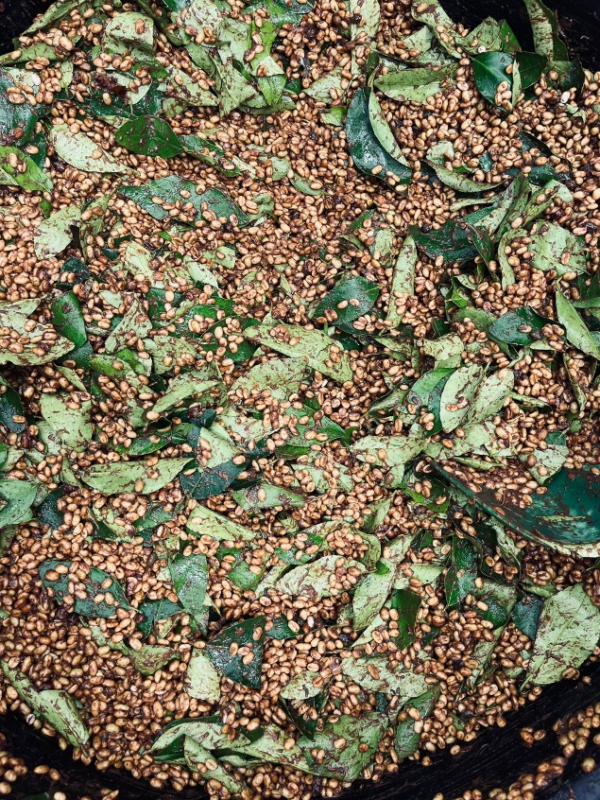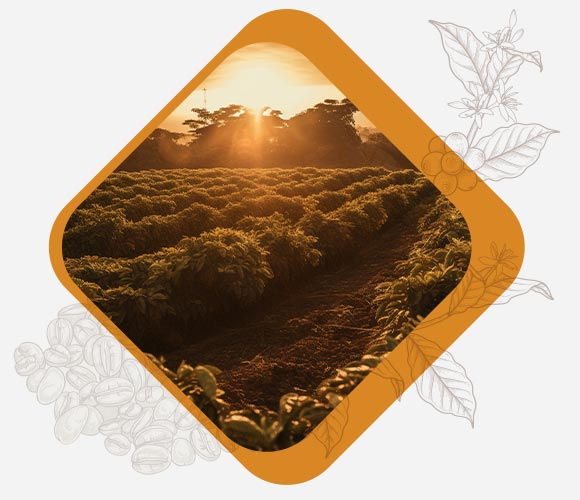Innovation in Colombian Coffee Growing: The Impact of Culturing on Coffee Quality
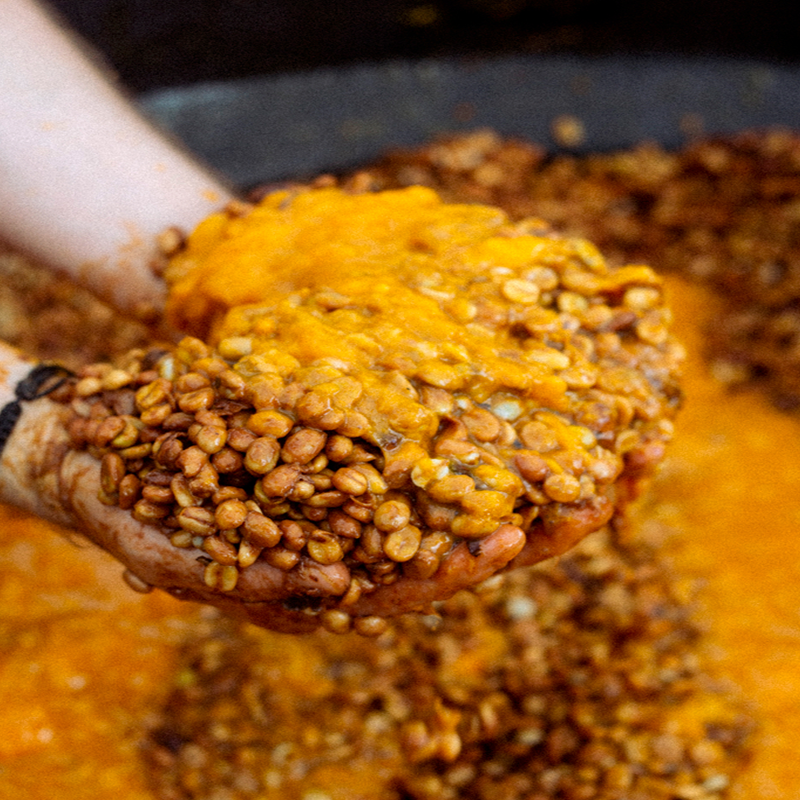
Traditional coffee growing as we knew it a few decades ago focused on processing such as washed, honey and natural. A few years ago, driven by the desire to advance and innovate in this industry, we began to talk about the types of controlled fermentations and culturing.
To understand more about this topic, it is important to know the differences between washed, honey and natural processing.
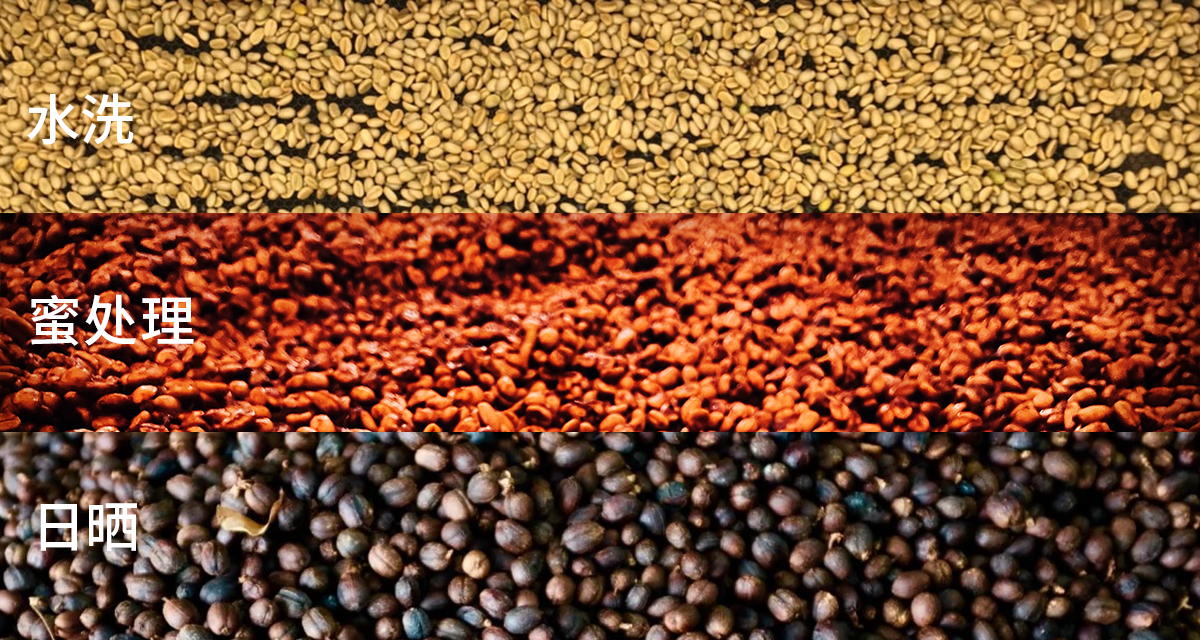
Washed process:
A washed process coffee is one in which the cherry or fruit covering the bean is removed by a pulping machine. Then, the bean goes through a washing process to remove the mucilage or honey, and finally undergoes drying. This process is considered the most traditional in Colombian coffee growing and is known for bringing out the characteristic profile of an origin coffee.
Honey process:
In a honey process coffee, the bean also goes through the pulper, but unlike the washed process, the mucilage is not removed, which gives it its honey name. After pulping, the bean is taken directly to drying.
Natural Process:
A natural process coffee does not go through the pulping and washing steps. After harvesting, the cherry is disinfected and goes directly to drying without any additional handling. This method preserves more of the original flavours of the fruit.
A fermentation in coffee is driven by enzymes found in the coffee cherry, while microorganisms such as bacteria and yeasts break down the sugars in the mucilage to generate compounds such as alcohol. These fermentations do not only happen in coffee fruits, but it is a natural cycle that occurs in fruits, flowers and even in the soil.
This is why we sometimes speak of natural fermentations or oxidations in the coffee process. When the coffee fruit is harvested, it often does not go directly to the pulper, but is stored in tanks and waits an extra day to fill the maximum capacity of the pulper or to finish harvesting the required batch. This waiting time allows natural fermentation processes to begin.
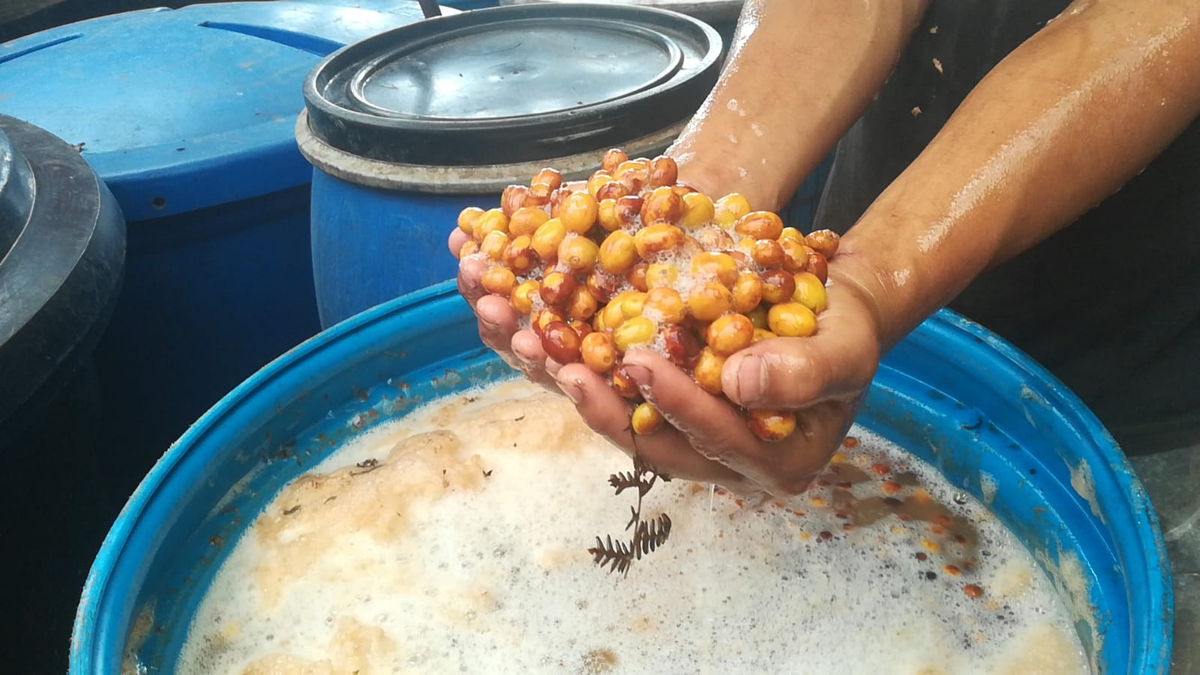
In the last decade, many coffee farmers in Colombia have begun experimenting with these fermentations to generate more complex cups in aroma and flavour. Culturing allows coffee producers to influence the flavour profile of their beans in a more consistent and controlled way. Through this process, fruity, floral and acidic notes can be enhanced, which are highly prized in the specialty coffee market.
Culturing is not a specific recipe, as it has the advantage that each coffee grower can use his own recipe, adding micro-organisms or fruits at different stages of the process, whether in the cherry, in the mucilage or even in the drying process. In general we can say that there are two types of culturing that lead to the same conclusion: to improve the final cup of coffee.
There is the fermentation process where microorganisms such as yeasts or bacteria are added to enhance the coffee, these are microorganisms found either in the same soil of the farms or commercial seeds suitable for implementation in food; and there is the process where fruits, flowers or spices are added during the process, these also have their own microorganisms that allow fermentation.
Culturing provides important characteristics in coffee, such as:
– The use of specific microorganisms allows for greater control in the fermentation process, thus obtaining more consistent profiles.
– Depending on the crop used, whether fruit, spices or flowers, culturing allows for a wider range of flavours and aromas in a coffee.
– An innovative product with added value.
